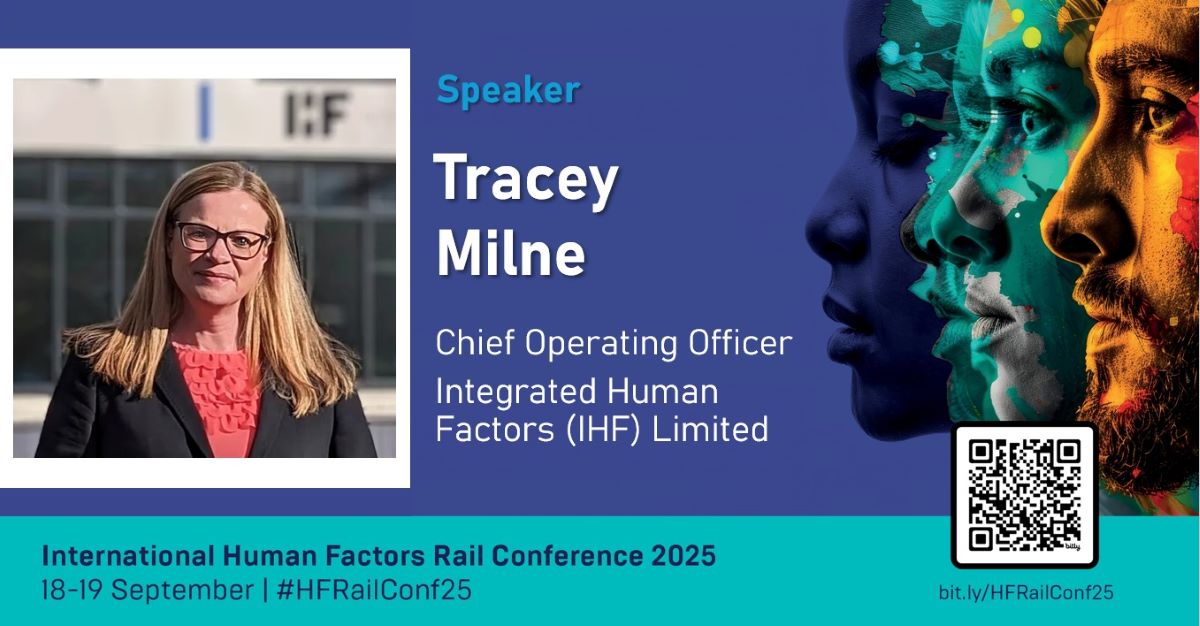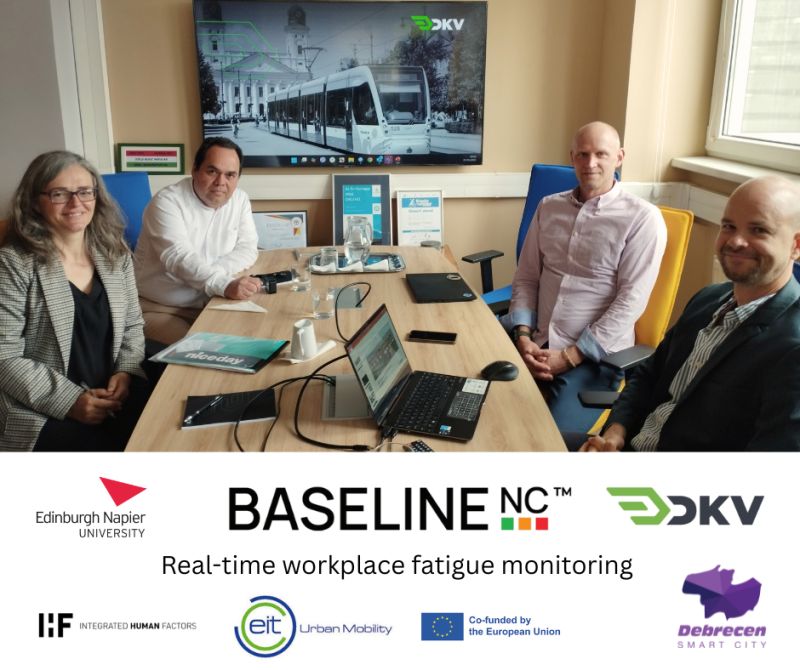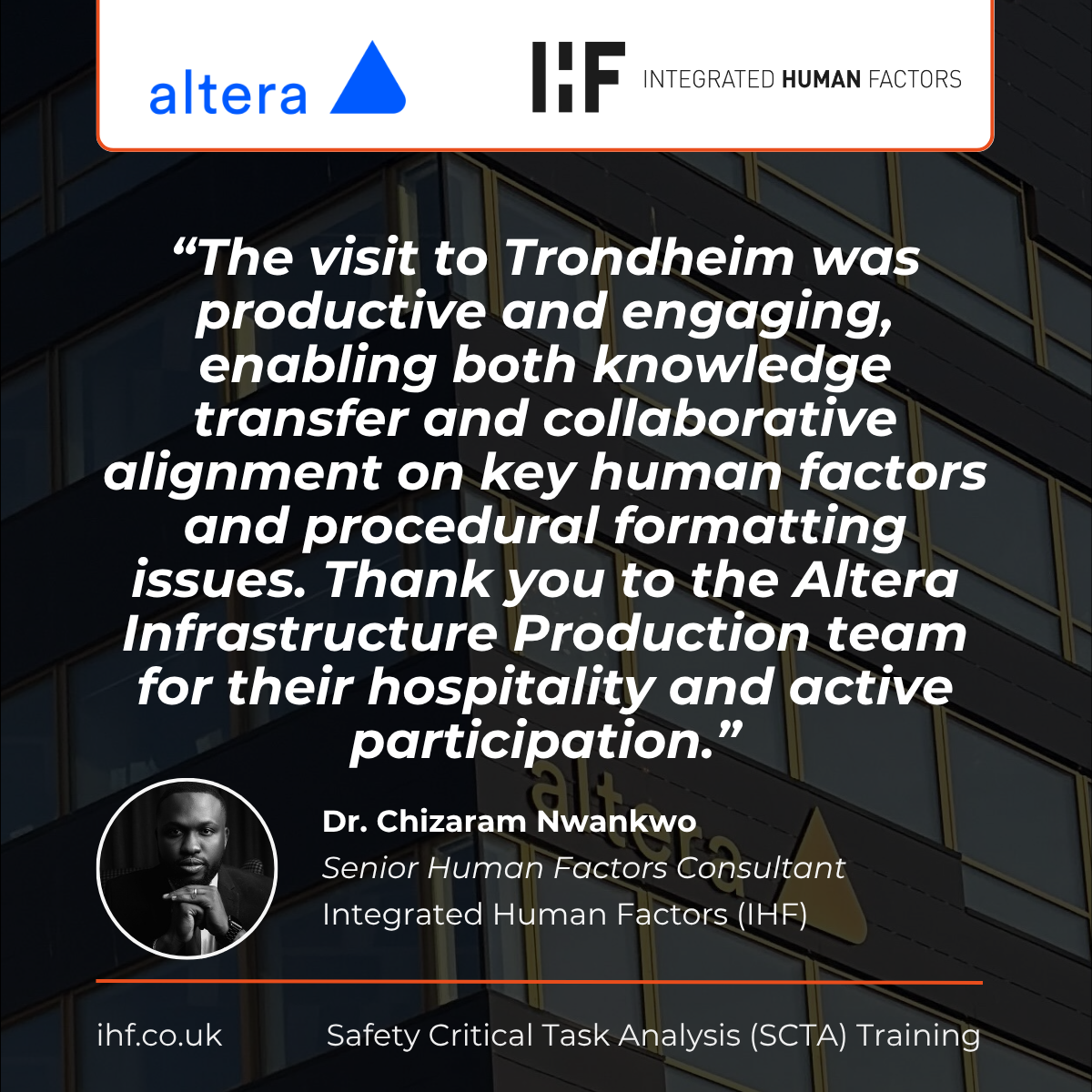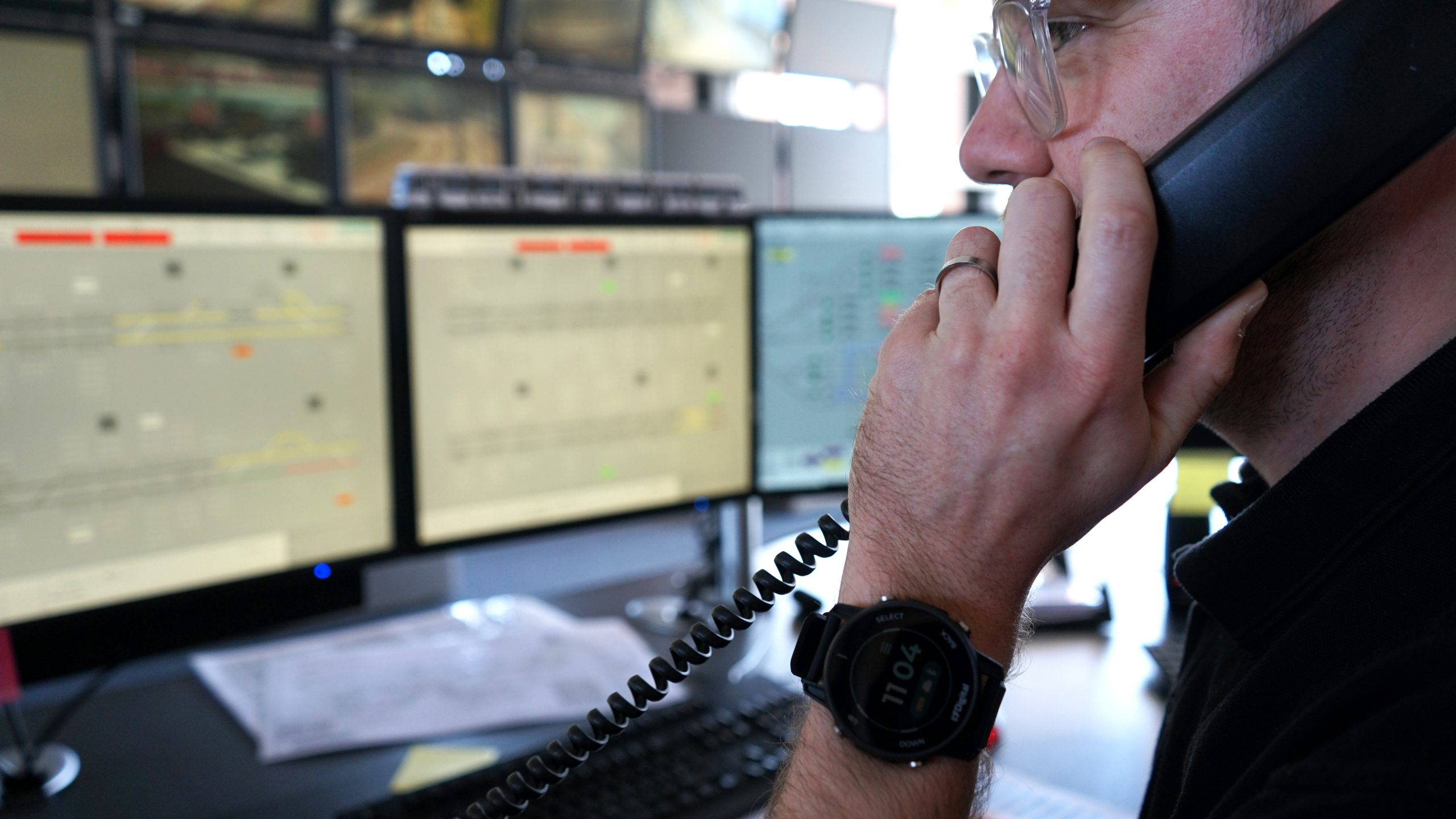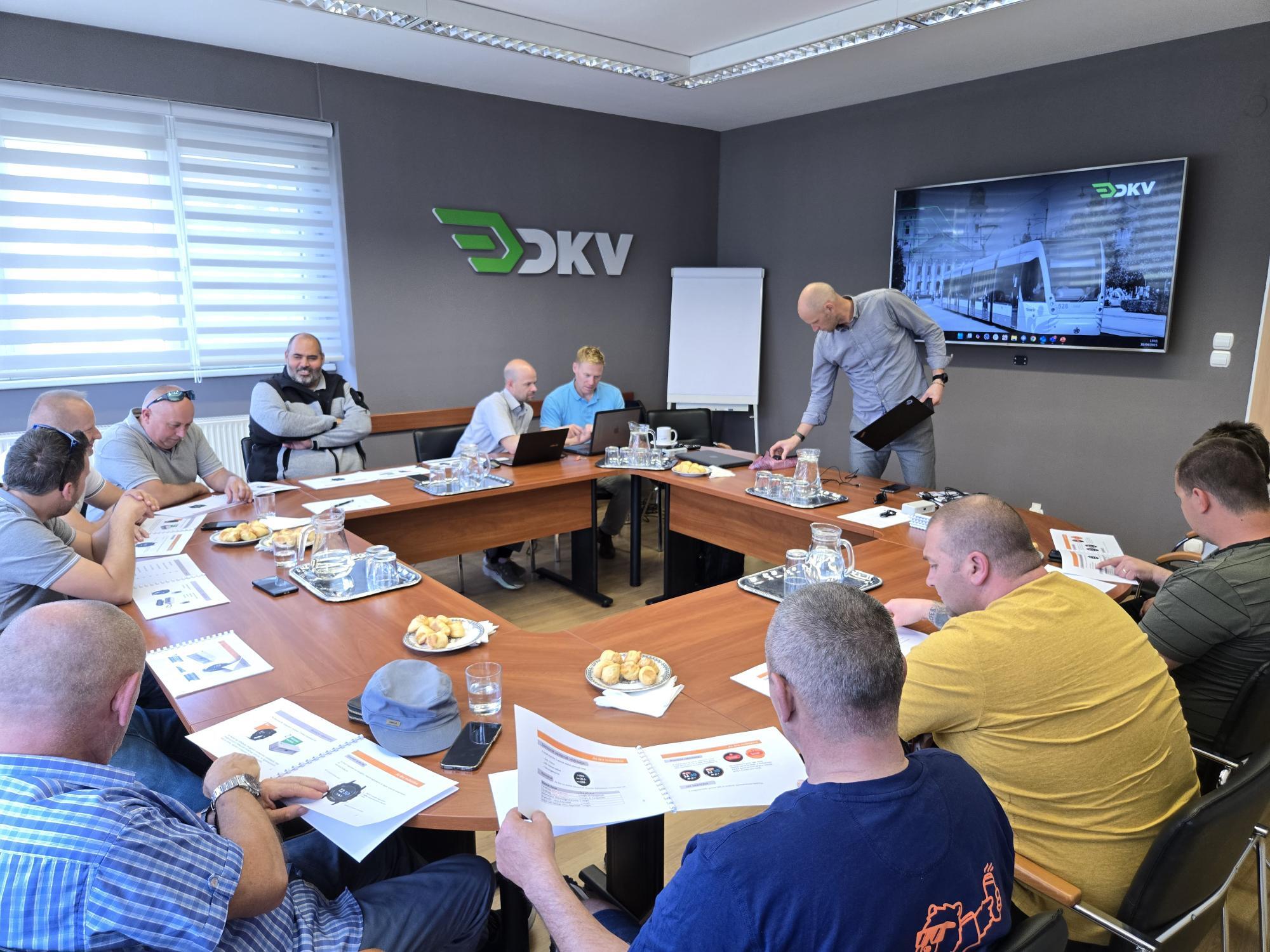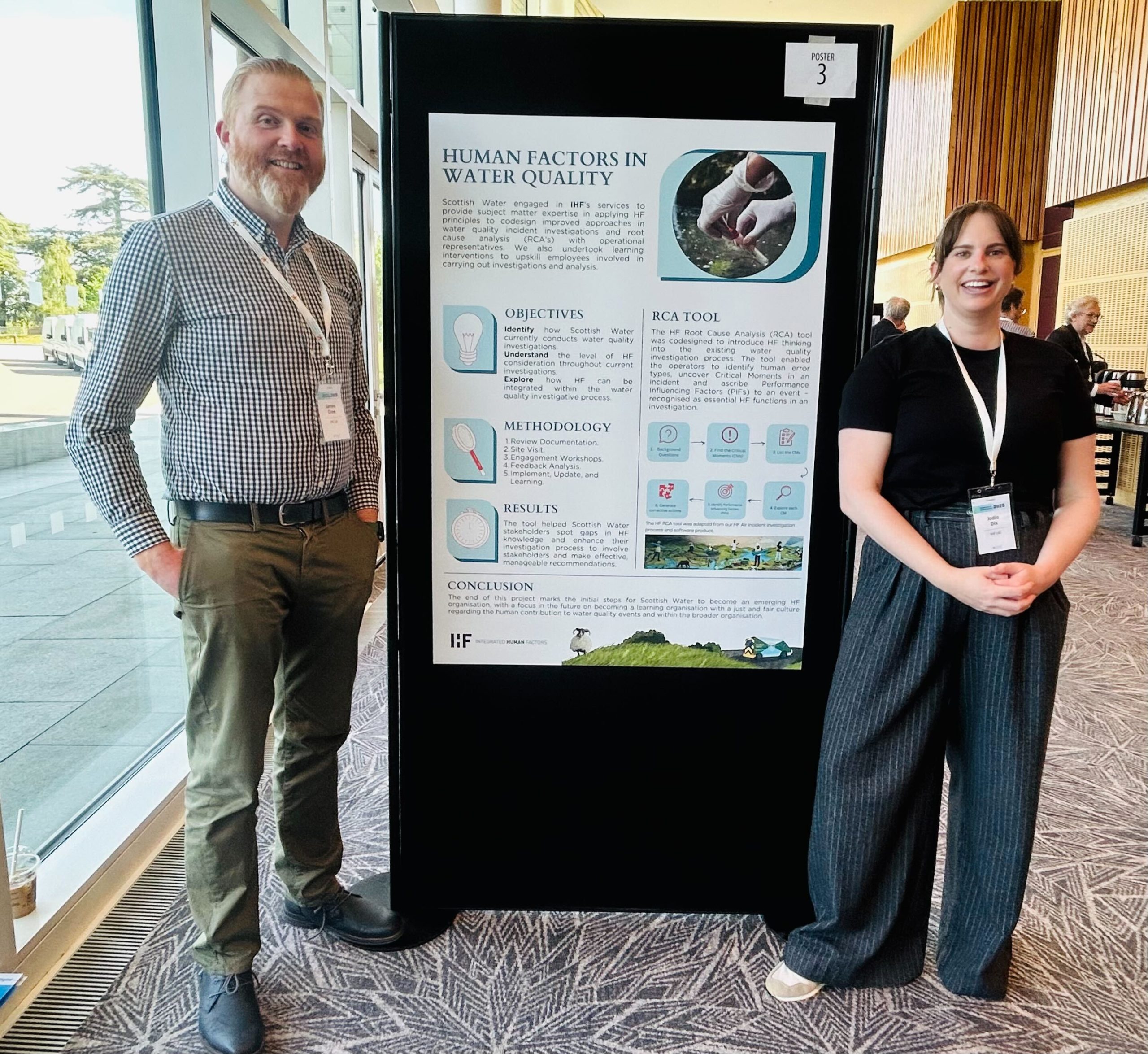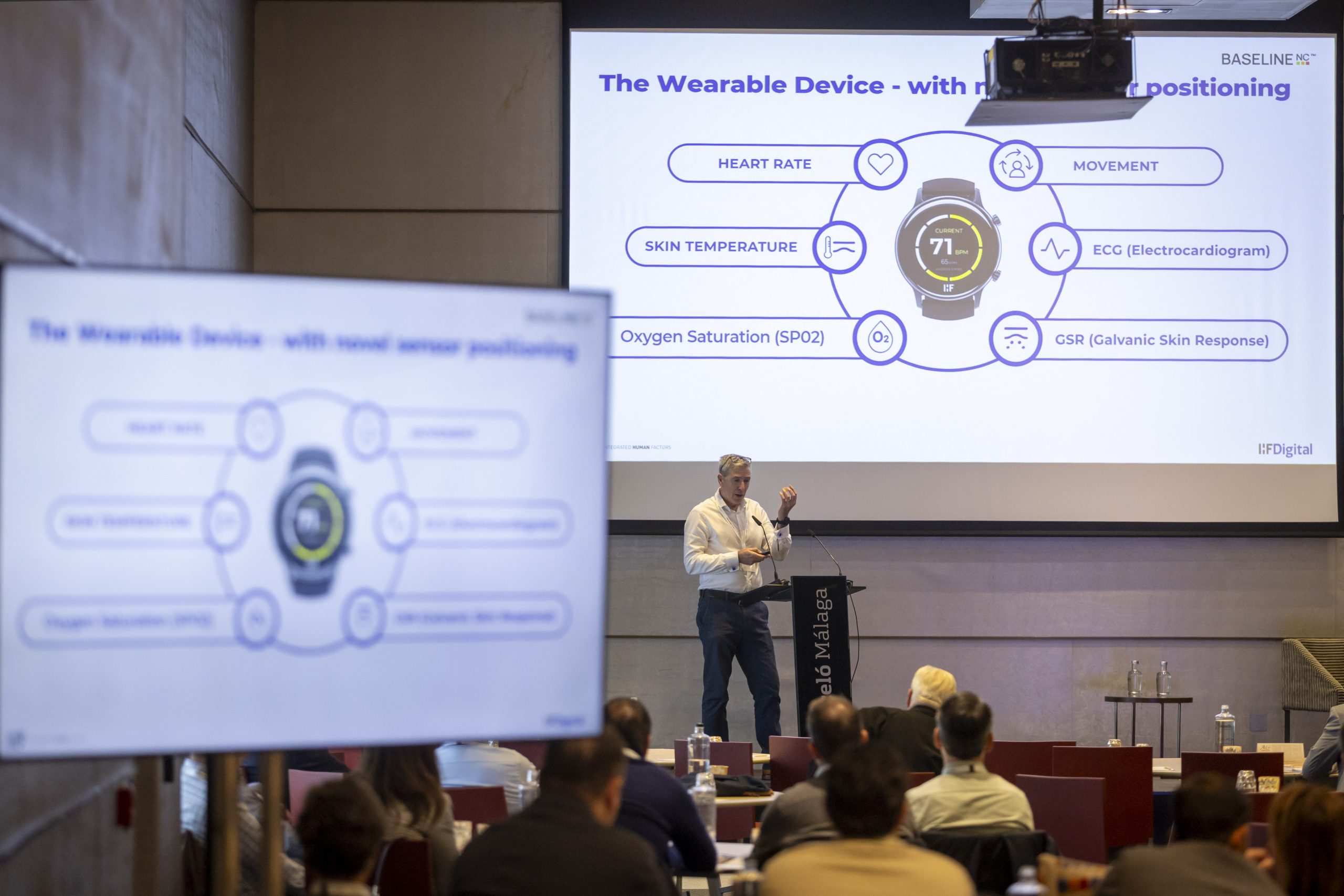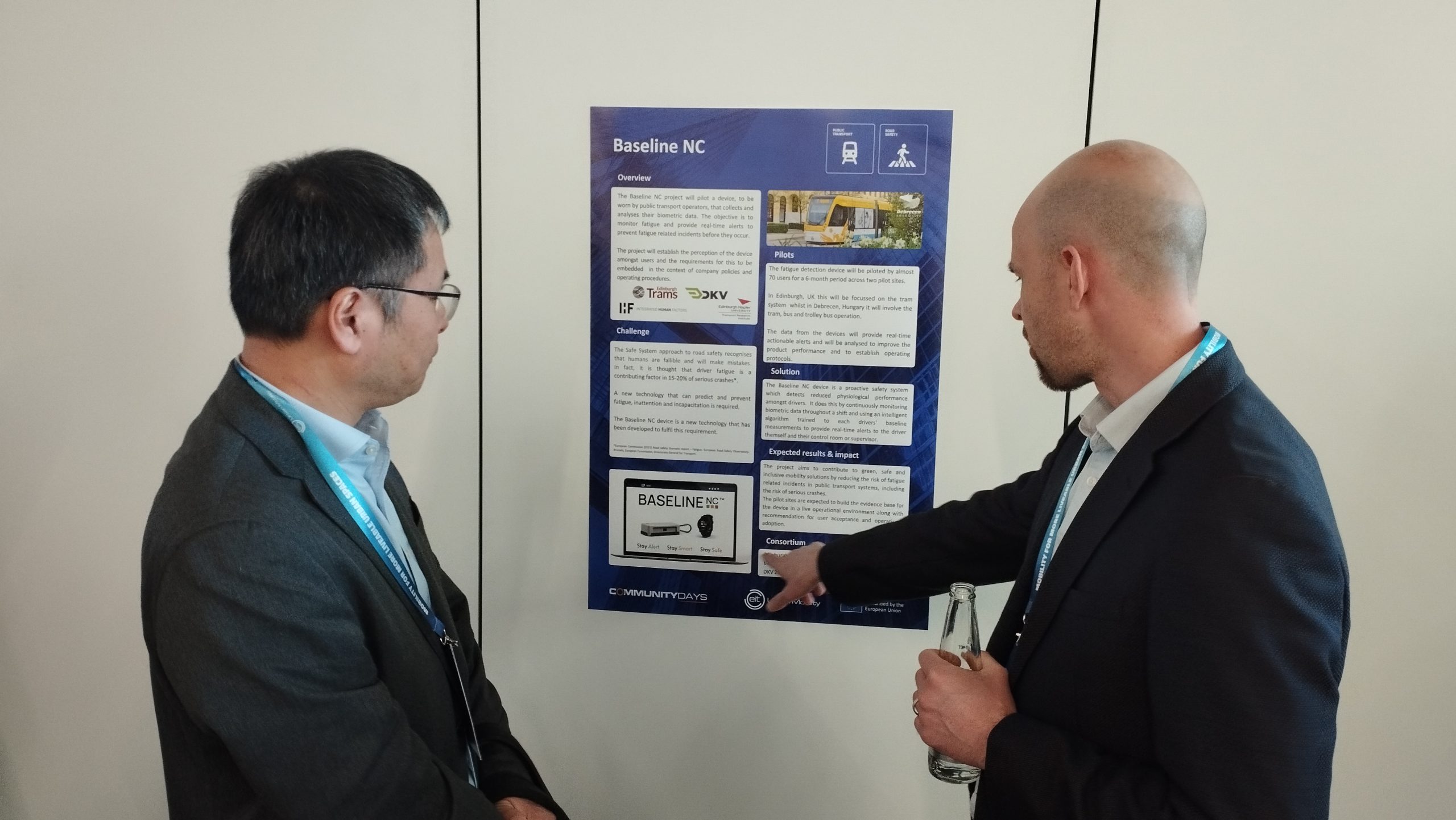Employees won’t tell you when they are tired. Several studies have shown that employees won’t discuss fatigue in the workplace. In one survey by Westfield Health 86% of workers said they don’t feel confident speaking with their line manager about fatigue.
The effects of fatigue are wide ranging and include, making errors, a decline in mental and/or physical performance with some even falling asleep while driving. Fatigue results in slower reactions, reduced ability to process information, memory lapses, absent-mindedness, decreased awareness, lack of attention, underestimation of risk and reduced coordination.
This has huge dangers in high-risk or hazardous industries such as chemicals, renewables, manufacturing, mining, oil and gas, pharmaceutical, transport, and utilities. If you add into the mix lone workers, the impacts can be even more extreme when their colleagues are not there to help them should the worst happen. Fatigue has been a root cause of major accidents eg Herald of Free Enterprise, Chernobyl, Texas City, Clapham Junction.
Integrated Human Factors have been working on a pilot to help monitor driver fatigue in light rail and trams as part of the Driver Innovation Safety Challenge (DISC) project. DISC is being led by Edinburgh Trams with the support of UK Tram and Transport for Edinburgh and a partnership of public and private sector organisations including the City of Edinburgh Council and the Scotland CAN DO Innovation Challenge Fund. The pilot is currently collecting a large quantity of data to “train” the FOCUS+ algorithms through machine learning. The system includes a wearable device worn round the wrist and a hub that can be attached to the wearers belt to monitor tram drivers and give early warning if they fall asleep, black out or lose focus due to fatigue.
Fatigue needs to be managed, like any other hazard. It should not be underestimated and there is often a legal duty on employers to manage the risk of fatigue.
A fatigue risk assessment could include the use of tools such as HSE’s ‘fatigue risk index’ which looks at issues such the impact of working hours and shift patterns on fatigue.
So, as employers we should not rely on the workers to tell us they are fatigued but start to identify the factors that can lead to the onset of fatigue in their workforce. Or they may wish to go a step further by using health-monitoring tech to improve safety for their workforce and customers.

